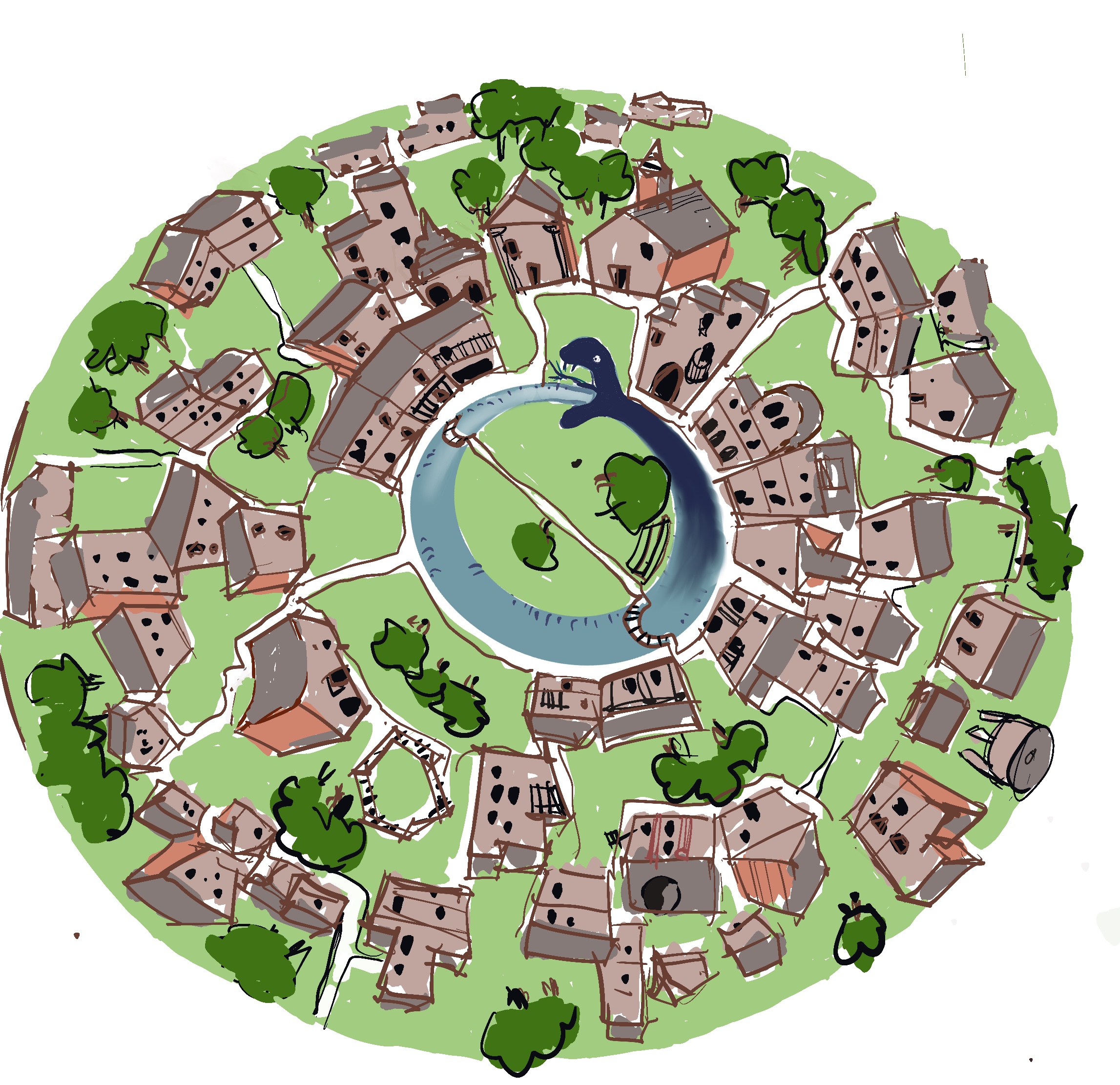Part 1: Reincarnation of the Architect (through crowdsourced design and generative AI)
This article talks about the starting point of the design process, the evolving role of an architect, and raises concerns about the “dumb” use of artificial intelligence.

drawn on iPhone Notes app
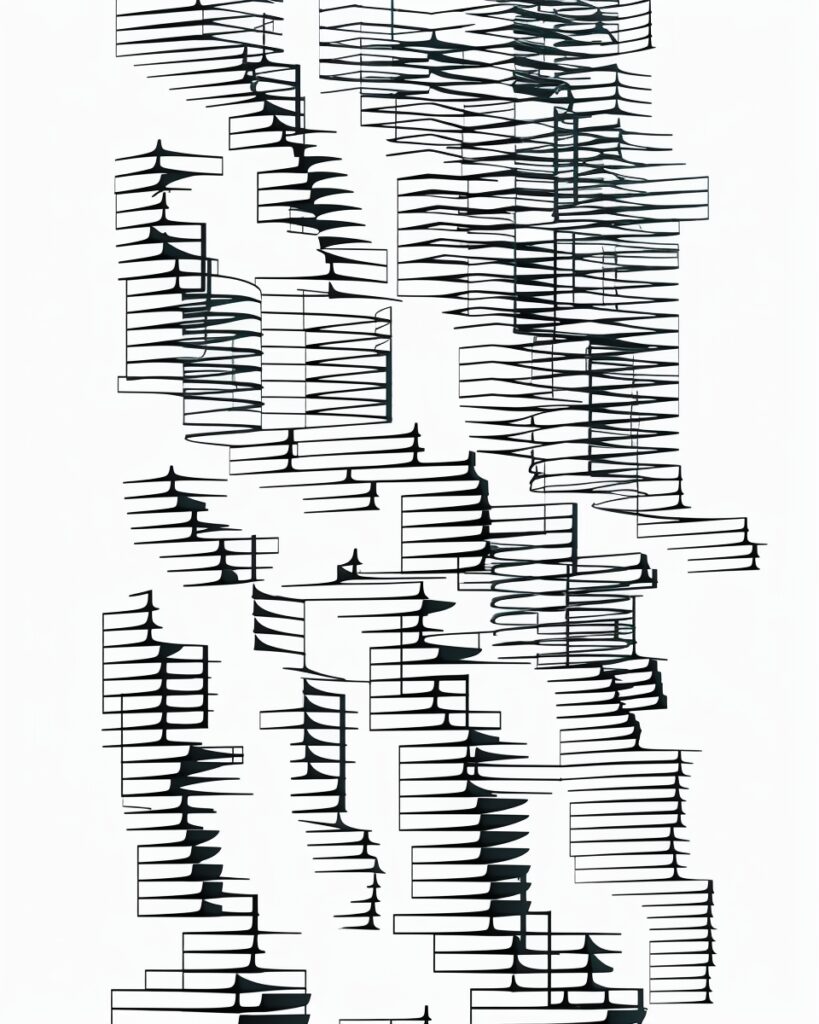
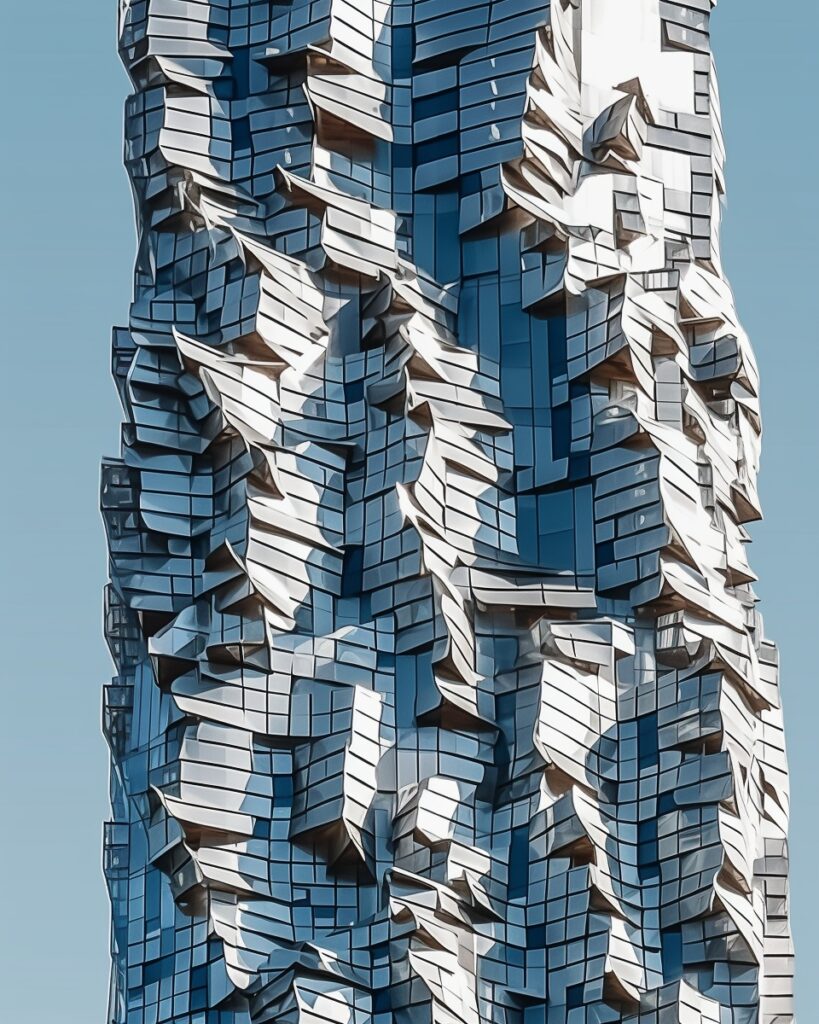
In practice, I am concerned with three major problems: how to begin the conceptual design process, how to optimize design development and technical detailing, and how to implement the finalized design. Over the years, we have worked out various ways to develop design concepts and make them legible to other members of our team. We have worked out methods of communication beyond technical drawings: using scaled physical models, prototyping and VR walkthroughs. We have also created our own processes for fabrication by utilizing customized stencils, smartphones, digital fabrication and AR tools, and sometimes by taking up execution ourselves.
For me, the first remains the hardest: the starting point of the design.
Where to begin? It is a question I wonder obsessively about and one I am sure hounds most architects. What is it that can ignite the initial spark of an idea that will flare into a design concept?
Call it a muse, as poets do, inspiration as artists do, assumption as mathematicians do, hypothesis as scientists do. What is that stimulus for architects?
Systems vs Singular Solutions
A top-down approach to the design process involves a centralized origin, most often from the mind of the master architect, that steers the entire process. Architects have used and continue to use different “prompts” as inspiration: forms from nature, an art movement, traditional craft, and calligraphic shapes. As designers, we are, by definition, top-down thinkers. This has been the overarching approach to design in pedagogy and in practice. In this approach, a solution is imagined, and though it may be tweaked or warped through new information being introduced along the way, it remains predominantly predetermined. Instead of an open-ended, exploratory search for a multitude of branching paths, each leading to valid possibilities, this process produces resolved, singular, specific solutions. I call this the Single-Solution Syndrome.
I am an advocate of an open-ended design research process, exploring a multitude of approaches and what-ifs rather than a singular path and method.
A bottom-up design process (like in the evolution of natural systems) is informed by intrinsic or extrinsic factors: site, context, ecology, program, material, method, users, data, and adjacencies, to name a few. These factors may impact the project, more or less, in terms of priority. In addition, principles are outlined (explicitly or implicitly) to guide the design. In generative and parametric design, the parameters are defined while the outcome is open-ended. This process creates self-organized “systems” rather than a singular output and the changing of parameters results in a series of varying outcomes arrived at through an iterative process, building a catalogue of mutated “versions” of the same design.
Just like poetry, design is a delicate balance between impulsive gestures and calculated coding.
In any approach, there is always an element of instruction from the designer, and I believe this is invaluable. One thing is for certain: nothing comes from nowhere. Every process begins with a prompt, an inspiration derived from the search for answers, lived experiences, observed situations, and imagined scenarios.
Process vs Outcome
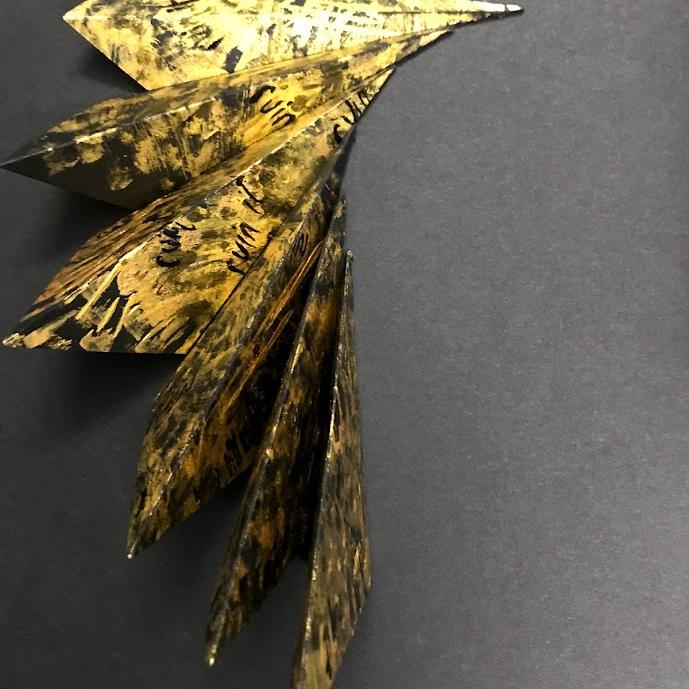
Stay married to the process and divorced from the result.
Over the last two decades, the use of technology in architecture has grown from eliminating laborious and technical work to including design application and generation. Instead of digital modelling of predetermined forms, we began to “sketch” in digital 3D space. Ease of modelling allowed designers to impulsively craft complex, dreamed-up ideas into existence. Digital space gives a 360-degree view inside looking- out as well as outside-looking-in) of the spatial translation of the form by drawing lines, surfaces, and volumes in 3D and then adding, subtracting, intersecting, aggregating, manipulating, replicating, mutating, undoing.
3D modelling/form-finding is considered “manual” now, involving the designer (and their hands) at every step of the process. Instead, we can now employ computation to define systems with a set of parameters and rules to govern the design and arrive at an output that is unknown even to the designer. I believe that only when you become comfortable with uncertainty can you innovate and evolve. The generative design process has made us comfortable with the unpredictability of the outcomes. We remain tethered to the process and disconnected from the result. Thinking about systems and governing processes instead of output has already attuned architects towards intelligent computational processes as opposed to simply replacing rote drawing/modelling work in the past that had turned creative, intelligent humans into CAD monkeys. Visual coding eliminated the need for writing and sorting through thousands of lines of code we wrote manually, allowing humans to reclaim our time and headspace, directing it to creative pursuits. Programming in natural language can make computational processes less technical and more accessible.
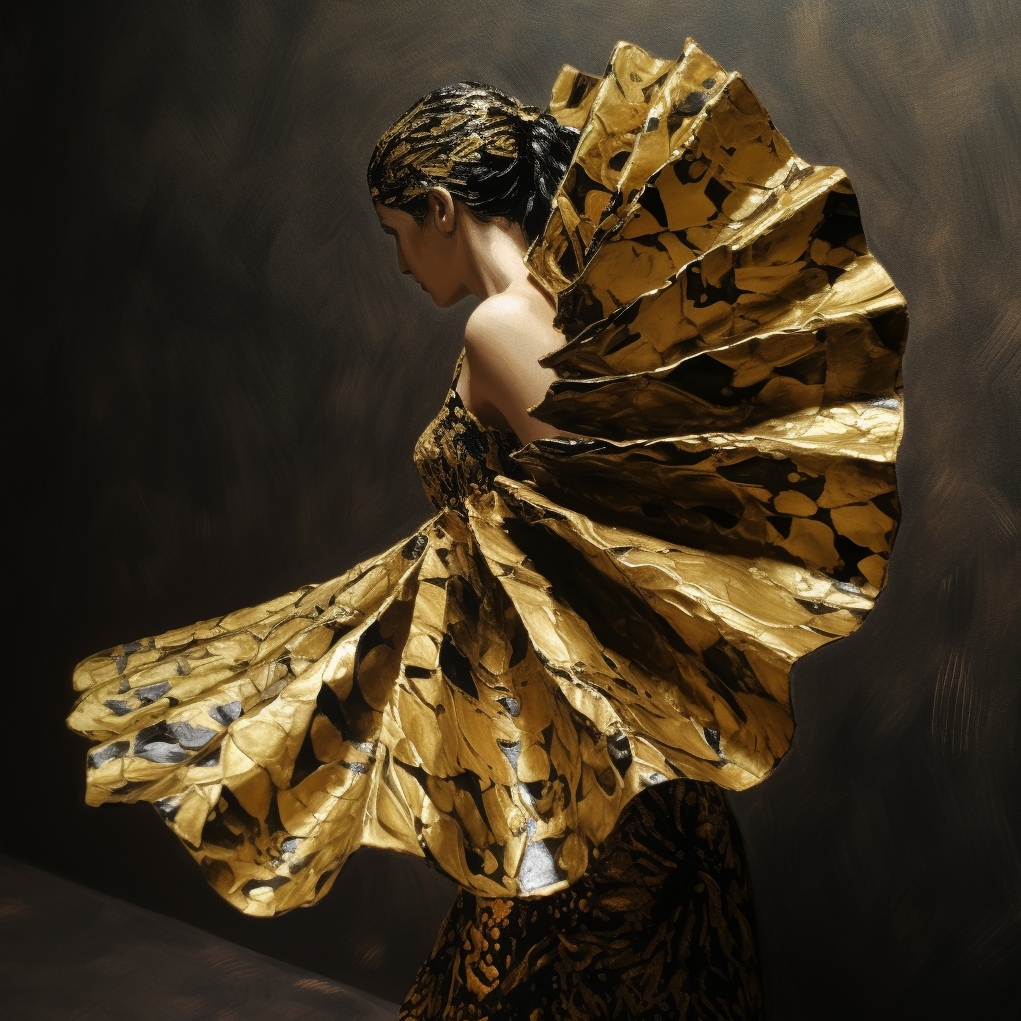
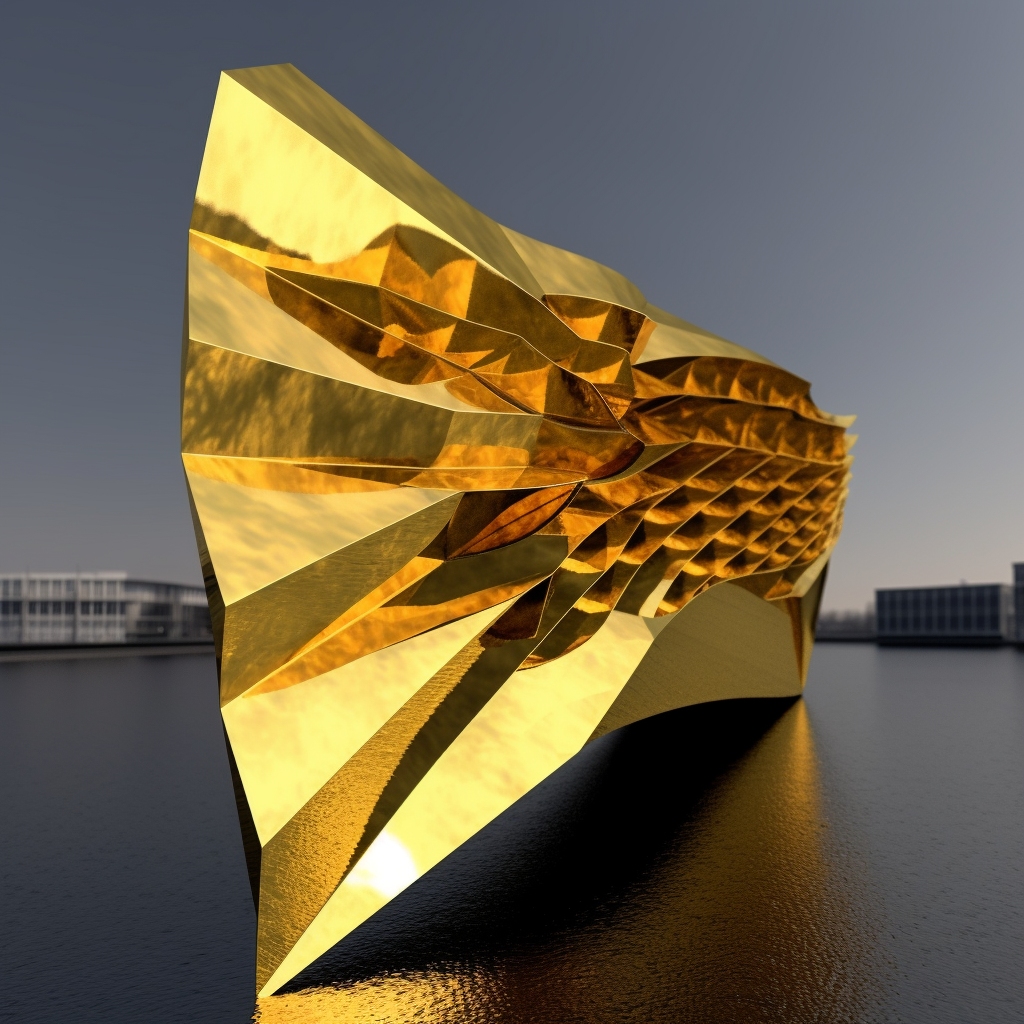
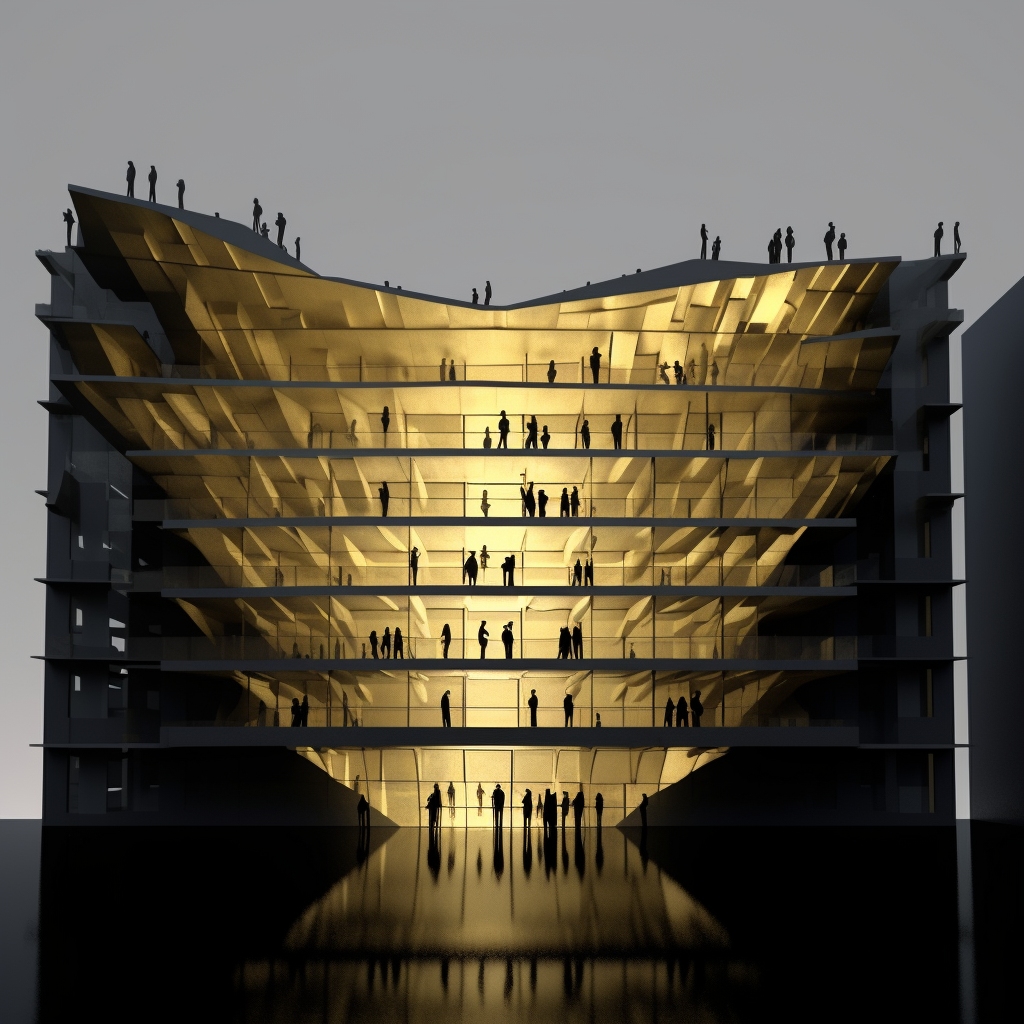
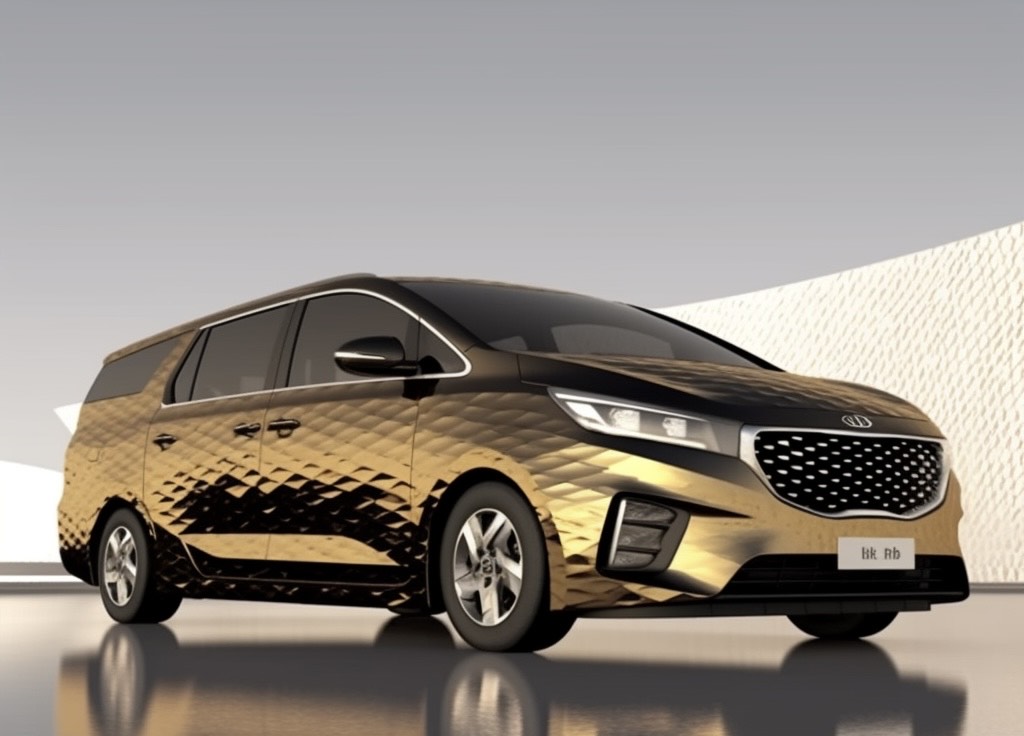
Obedient vs Intelligent Machines
Machine learning makes the computational design process more finetuned, more intelligent, more adaptive and more responsive. Generative AI tools have many possible applications in architecture, and the discipline is an ocean evolving every minute. It is an exciting topic to research and explore, both from the backend developers’ point of view and of users who are also co-writing/co-training these programs through our feedback. In this piece, I will limit the scope to tools I have tested and applied in design ideation over the past year (and extensively in preparation for this piece over the past few months!) and one that is the most easily accessible: Midjourney. What I like about Midjourney is the low threshold of entry. This is what we have been advocating for; to make technology and the knowledge to use it more accessible.

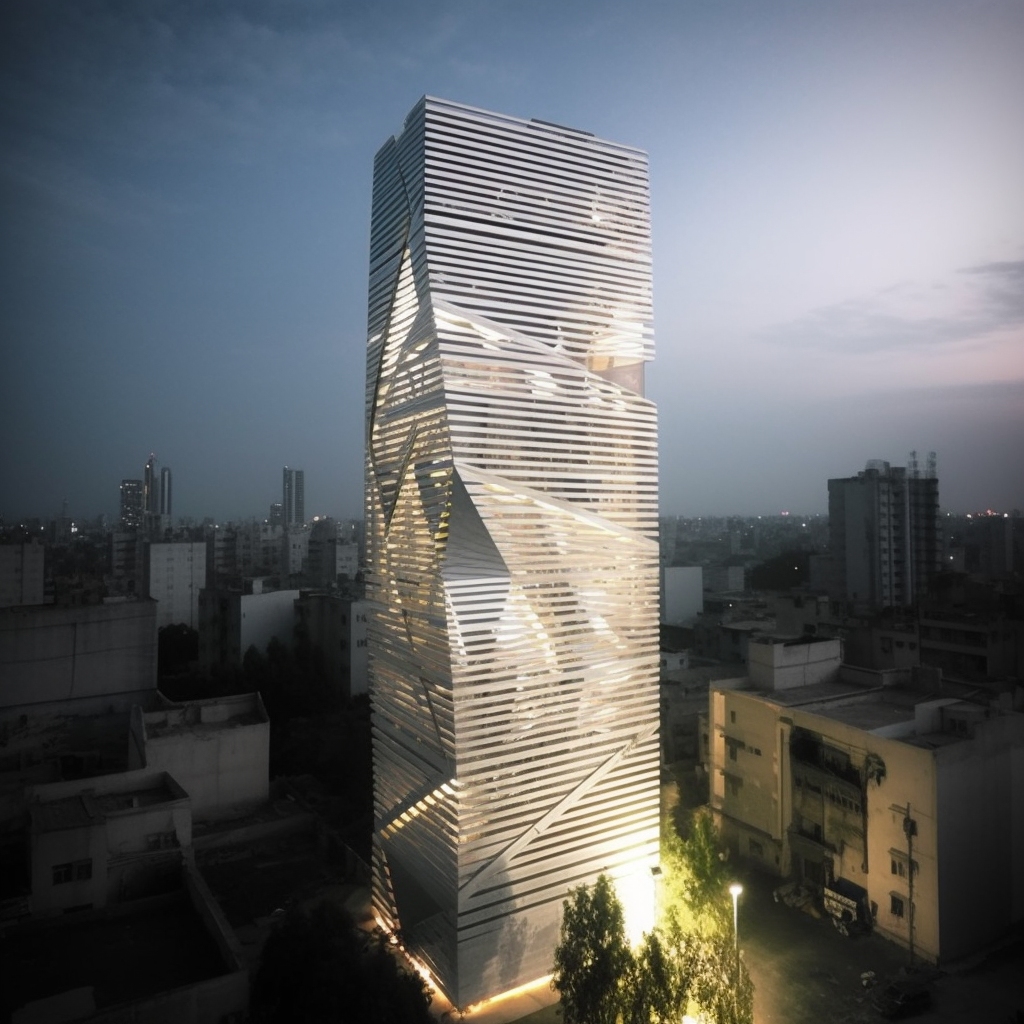
There is a distinction between dictating exact instructions to machines to more efficiently arrive at a known output, and programming machines to learn, select, project, generate, and evolve a series of undetermined outputs. When we talk about machine learning or AI in architecture, it is the latter that excites us. As with programming, we rarely get to see the output before running the entire code. We can only speculate. There is room for imagination, improvisation and uncertainty.
What am I using Midjourney for? Foremost, it is fun to use. It’s exciting to see beautiful and unpredicted visuals materialize from mere words, not necessarily even well-written ones. As a blurred image clears, there is anticipation. You give the instruction, yet you don’t know what you might get. This does not get old even after continuous use; it is still surprising and surreal. It is also quite addictive. Considering its enormous database and endless possibilities of merging images, I doubt we will soon arrive at replication.
Beyond the novelty of instantaneous generation of highly-detailed complete images from simple to detailed textual prompts, I see text-to-image (and now image-to-image) generative AI tools like Midjourney as a means of speculation and storytelling, of ideation and idea generation, as a tool to spark questions and test possibilities in the very beginning of the design process.
Ideas don’t come from thin air. They come from a process of unbridled imagination, questioning, wondering, and a period of gestation to be able to articulate them in words, sketches, images, models or prototypes.
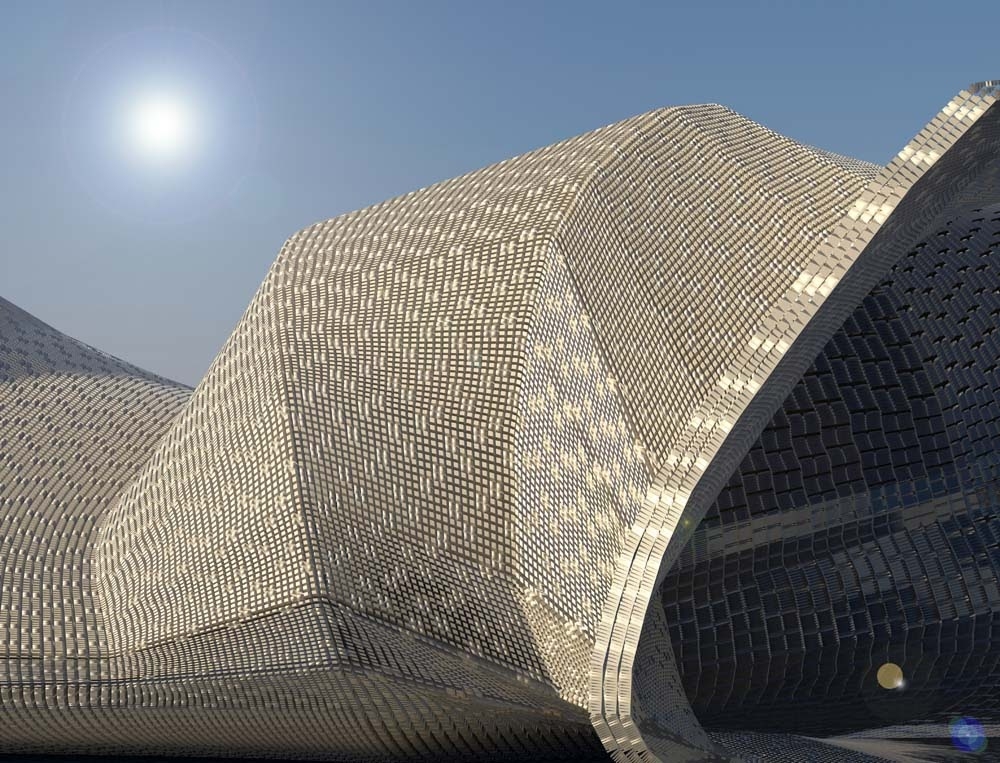
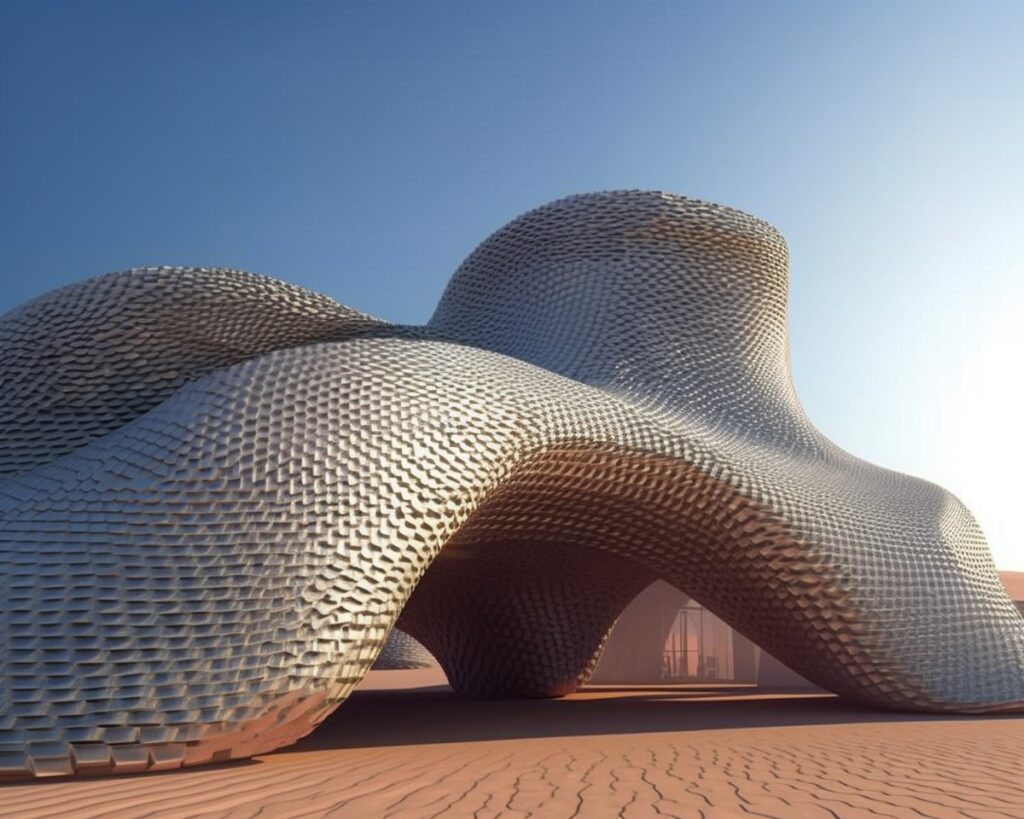
Is generative AI top-down or bottom-up? Does the idea originate internally or externally from the designer? (Does origin matter?) Or is it a process of back-and-forth collective intelligence and co-authorship?
Death of the Architect
Ever since Midjourney and similar generative AI tools became available, architects have, as a collective, become riddled with paranoia and an existential crisis. We created machines to make our work easier, and now we are threatened by them taking over our roles and making us obsolete. However, don’t we dream of a world without labor, where we can be at leisure?
In the 1960s, the artist Constant Neiuwenhuys envisaged a conceptual city that anticipated the possibility of a New Nomad, one who is free of self-imposed boundaries of society, politics, typology, scale, material, location, context; free to walk, free to play, free to work across disciplines, across borders, across roles. Isn’t that the goal? To free ourselves to be able to do what we want to do, what we do best, what no one else can do?
Of course, humans want to be free of tedious work, but not jobless and replaceable. Don’t worry, our jobs aren’t going anywhere, they’re not even getting easier, they will get harder. When there were no laptops, architects weren’t expected to work from home. When the work was done manually, we were expected to create one or two options, and now we’re expected to do a million while the client is arrested in analysis paralysis. Users of Midjourney can easily find themselves glued to their phones all night long, generating infinite slightly-varying images.
We are not only the users of AI tools, but we are also participants in the research that feeds and moulds the behaviour of these tools. The output produced is cocreated in a collaborative effort between the human architect and the intelligent machine.


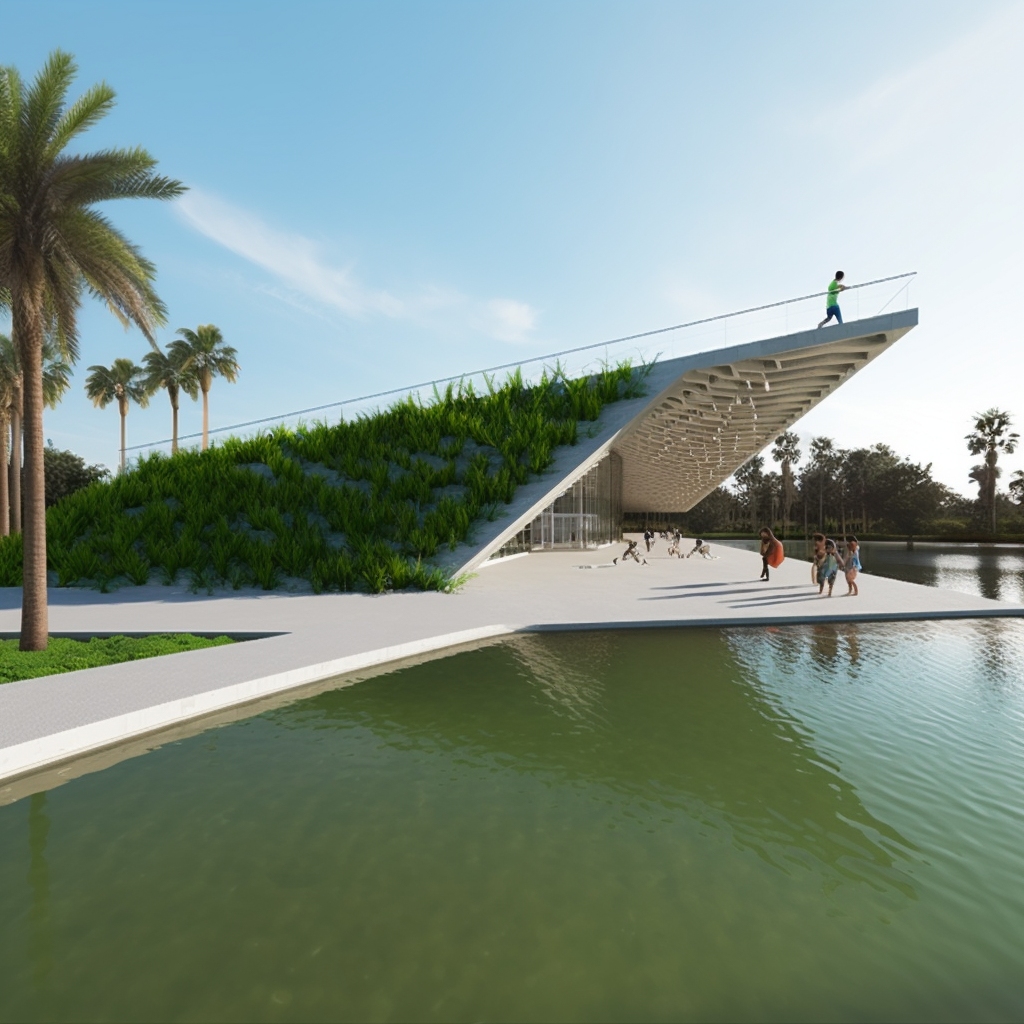
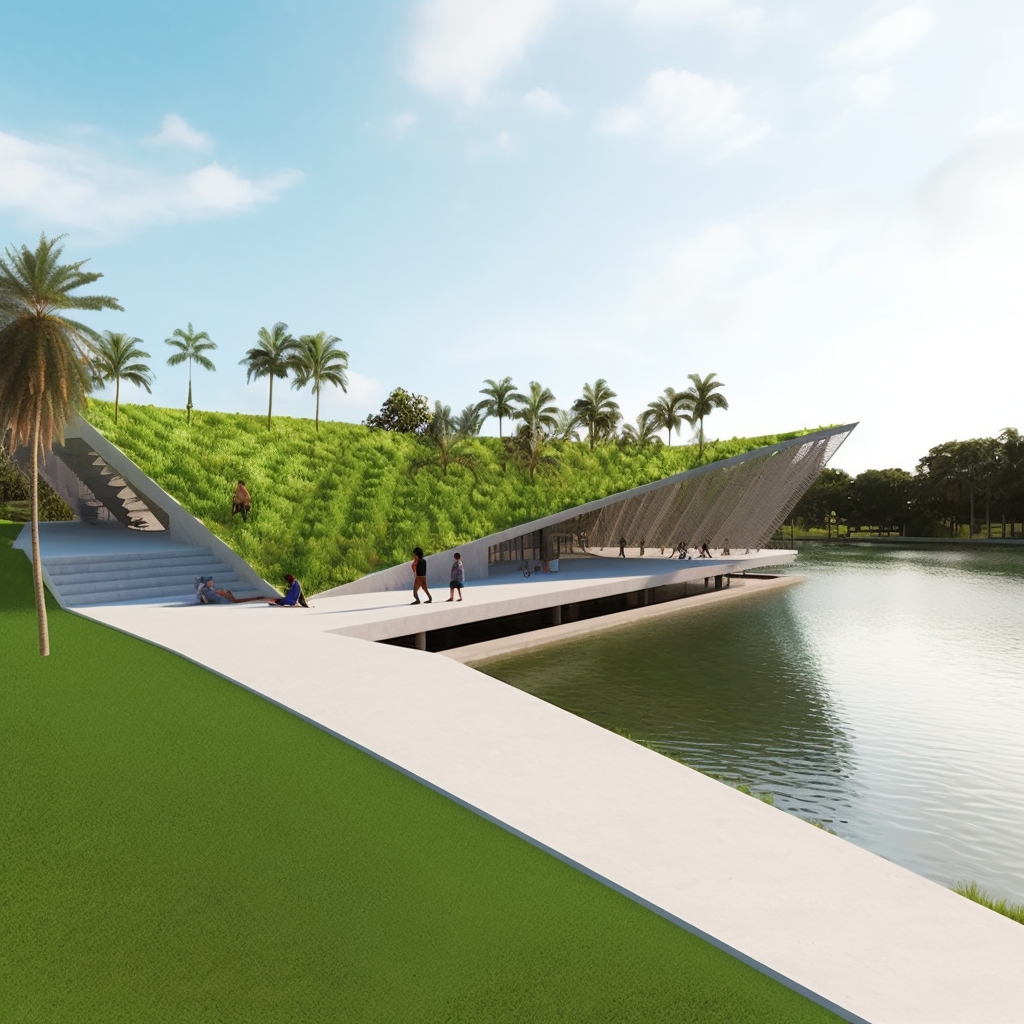
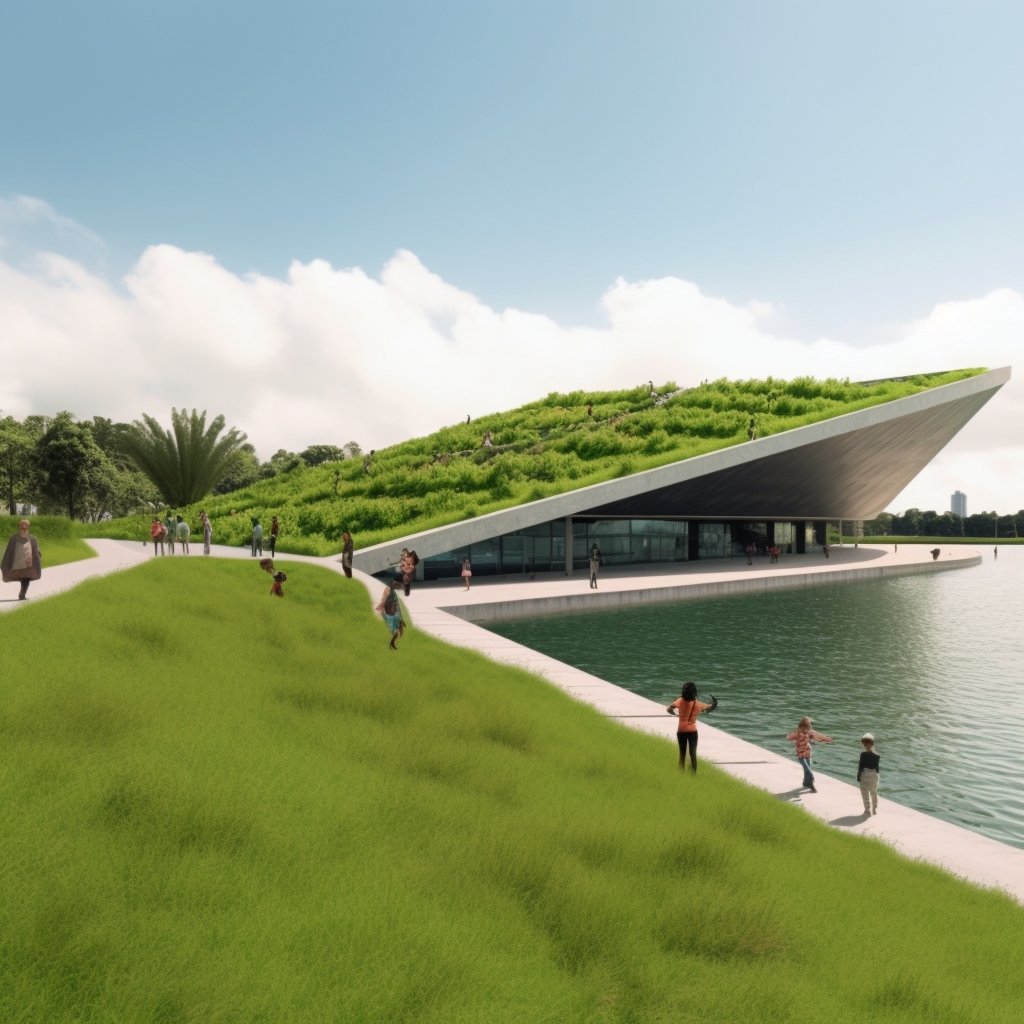
Years ago, I wrote about the Kamikaze Architect (“A Blueprint for Re-evolution: The New Normal in Architecture,” Indian Architect & Builder, November 2017): “I believe the practice is headed toward the concept of architecture without architects. In contrast with most other professions, automation or intelligent machines taking over the act of designing seems unlikely. However, I propose that architects themselves systematize the process of architecture as we know it and make the current role of an architect obsolete. This way, architects of the future can focus on new problems, anticipate pressing issues, and project innovative designs. The skills that are being honed today can be applied to more complex problems and greater challenges tomorrow. It’s a laying to rest of the old ways of doing in a meta sort of way, giving way to lifelong learning and reinvention. The architect of the future defies definition. I suspect that the practice of architecture will be a process of continual evolution and reincarnation till the very end of my career, and beyond.”
Is it time for me to course-correct? This is not a takeover of the act of designing, because that would be a reductive view of everything that goes into the design process, which is multilayered, part-intuitive and whimsical, part-calculative and technical.
“Only do what only you can do.” This advice aims to free us up for more creative and pleasurable pursuits, to invent, or to solve some of the world’s biggest problems. I believe only I can bring out, convey and realize the ideas that exist in my mind. To allow AI to take over all aspects of the design process, especially the best and most enjoyable parts, and the parts that require human expertise, human experience, human empathy and human error, would be a blunder. We don’t want AI to do what we like doing, and what we can do better; we should instead outsource the tasks we don’t enjoy. I believe architects need to take a “yes, and…” approach instead of an either/or approach to AI. There are many ways of being an architect, and architects have always been shape-shifted into various roles in response to technology and evolving needs.

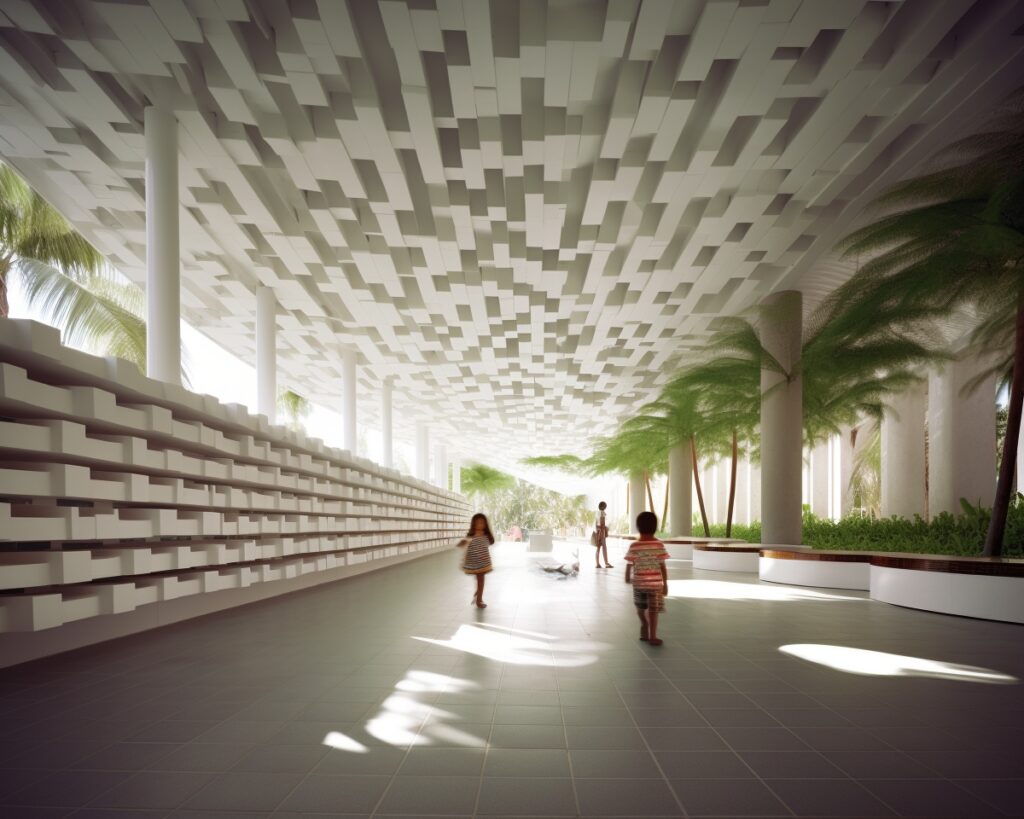
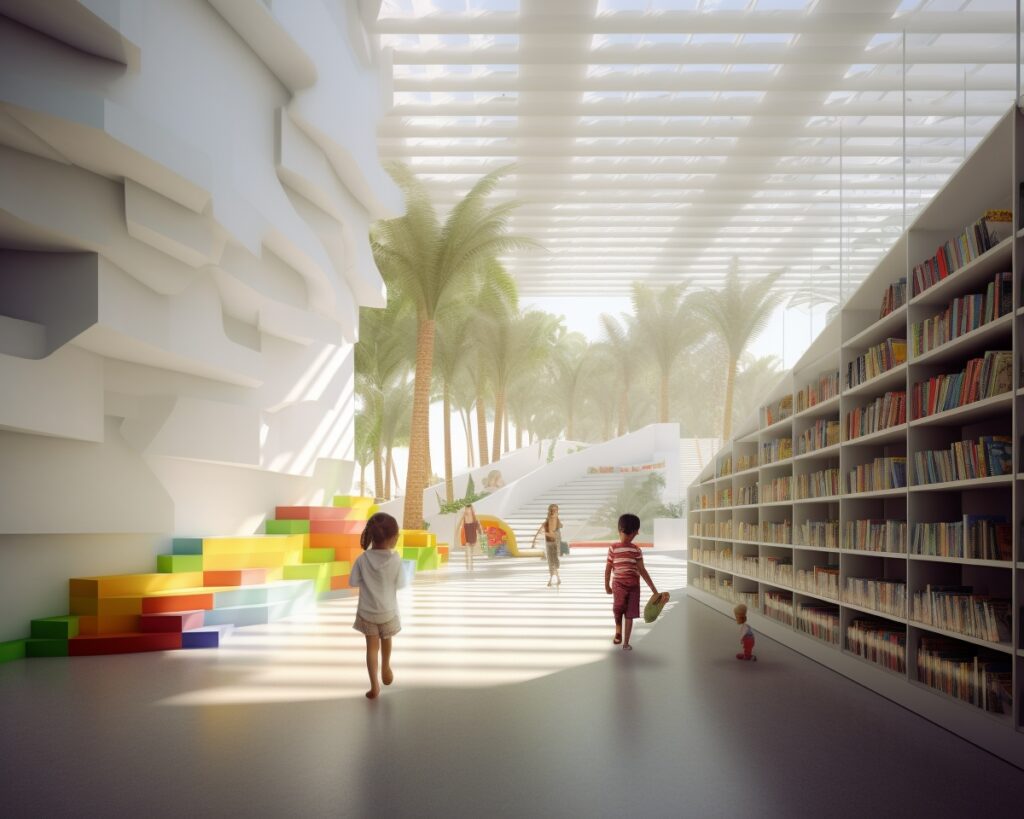

This is not the death of The Architect, but the death of a single architect, single role, and singular solution. It is a reincarnation of the architect as a many-headed collective, of computers and other humans, codesigning evolutionary systems.
Where do new ideas come from? The answer is simple: differences. While there are many theories of
Nicholas Negroponte
creativity, the only tenet they all share is that creativity comes from unlikely juxtapositions. The best way to maximize differences is to mix ages, cultures, and disciplines.
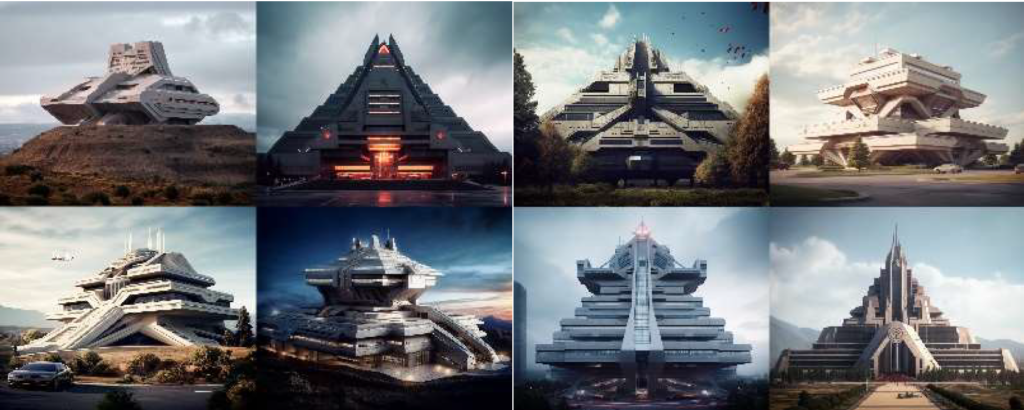
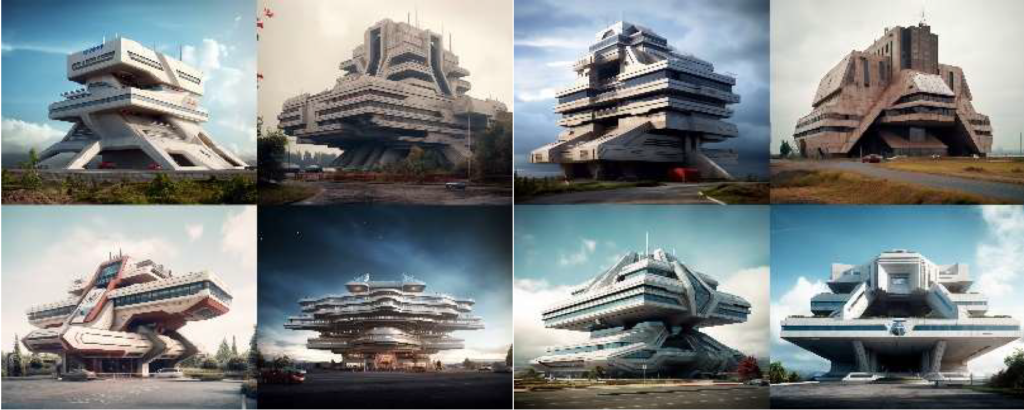
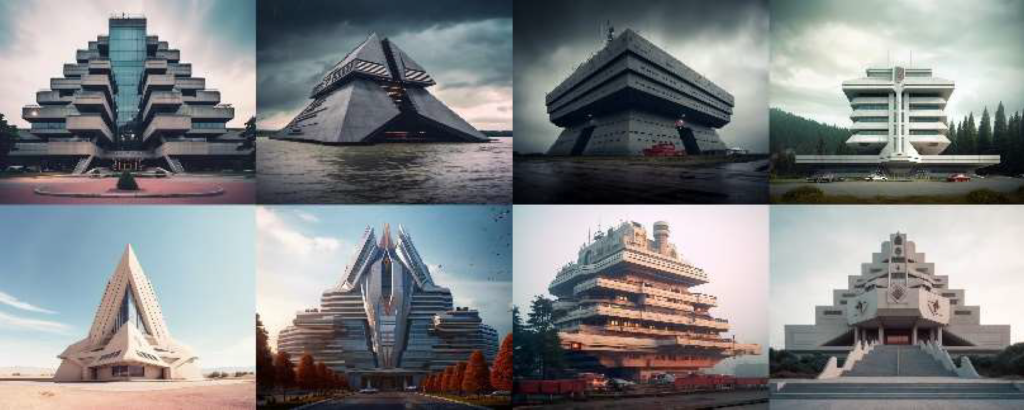

Featured Image: Folded Paper prompt reimagined by Midjourney as a building





